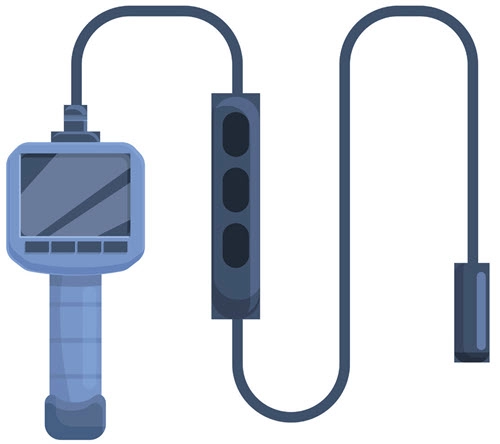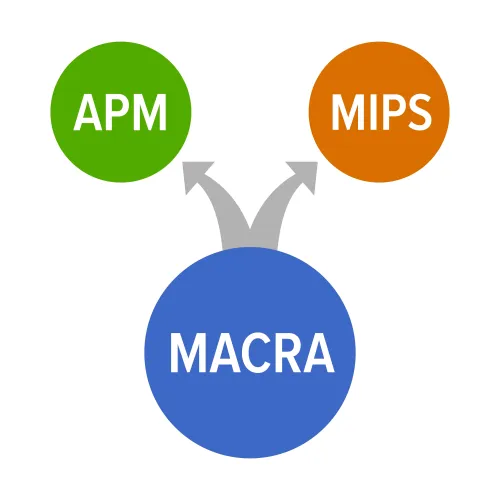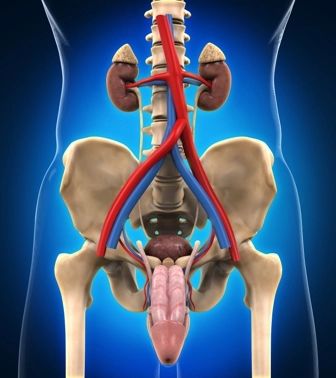Tackle GI Imaging Services Coding With These Top Tips
Hint: Examine the specific area visualized before selecting a code. Most providers who perform upper endoscopies also send claims for endoscopic ultrasound (EUS) services. But, coding these imaging procedures can be tricky, and that’s why it’s critical to know the ins and outs. Why? Just when you learn the ropes of one EUS code group, the documentation could take twists and turns that prompt you to consider using unlisted codes or appending modifiers. To get the scoop on how to report your EUS services, check out these quick tips. Examine Extent of Use To accurately report endoscopy procedures with ultrasound, you’ll need to know the extent and location of the scope visualization, as well as the regions examined during the ultrasound. If, after reading the operative report, there is still a question about how far and what part(s) the physician examined, it is best to ask the gastroenterologist. Documentation is extremely important in assigning the appropriate codes, so you should discuss documentation requirements with providers to ensure maximum reimbursement along with correct coding. Example: A gastroenterologist documents an examination of the esophagus via esophagoscopy with endoscopic ultrasound. In this case, you can report the procedure with 43231 (Esophagoscopy, flexible, transoral; with endoscopic ultrasound examination). “But if the duodenum is reached or if your gastroenterologist examines the jejunal limb(s) of a patient post gastric surgery,” then you should report the procedure using esophagogastroduodenoscopy (EGD) with EUS code 43259 (Esophagogastroduodenoscopy, flexible, transoral; with endoscopic ultrasound examination, including the esophagus, stomach, and either the duodenum or a surgically altered stomach where the jejunum is examined distal to the anastomosis), advises Glenn D. Littenberg, MD, MACP, FASGE, AGAF, a gastroenterologist and former CPT® Editorial Panel member in Pasadena, California. Know How to Tackle This Procedure Variation Suppose a physician performs an upper endoscopy to examine the esophagus, stomach, and either the duodenum and/or jejunum — but only uses the endoscopic ultrasound to examine the esophagus (one region). In this case, you should report the procedure with 43237 (… with endoscopic ultrasound examination limited to the esophagus, stomach or duodenum, and adjacent structures). Example: You read in the procedure note that a 68-year-old male patient presents with symptoms of dysphagia, heartburn, chest pain, severe vomiting, and choking sensations, and your gastroenterologist performs a thorough E/M and decides to perform an EGD. During the procedure, the gastroenterologist finds a tumor blocking the lumen of the esophagus. The physician then performs an EUS to determine the extent of the tumor. They also proceed to visually examine the other parts of the stomach and duodenum to see if any other tumors result, with no other significant findings. Once again, you should code the procedure with 43237, as the physician only used the ultrasound in the esophagus, even though they also examined the stomach, duodenum, and jejunum with the endoscope. Biopsy Warrants Switch to Other Code Set When the provider performs an esophagoscopy for fine needle aspiration (FNA) with EUS, then you would report the procedure with 43232 (… with transendoscopic ultrasound-guided intramural or transmural fine needle aspiration/ biopsy(s)). This may be used to aspirate or biopsy a mass of the esophagus that is suspicious for malignancy, or lymph nodes related to the esophagus that look suspicious, Littenberg says. But if the gastroenterologist uses the endoscope (with EUS) beyond the esophagus for biopsy, you need to switch to other codes. When a physician uses an upper endoscope to complete an FNA beyond the esophagus, you’ll report 43242 (… with transendoscopic ultrasound-guided intramural or transmural fine needle aspiration/biopsy(s) (includes endoscopic ultrasound examination of the esophagus, stomach, and either the duodenum or a surgically altered stomach where the jejunum is examined distal to the anastomosis)). This procedure may be used to aspirate or biopsy a mass that’s considered suspicious for malignancy in the stomach, duodenum, and/or jejunum, and is commonly used to aspirate/ biopsy pancreatic lesions. If the gastroenterologist performs EUS of a single region and performs an FNA biopsy of that region, but uses the endoscope to visually examine the stomach and either the duodenum and/ or jejunum, you should report the procedure with 43238 (… with transendoscopic ultrasound-guided intramural or transmural fine needle aspiration/biopsy(s), (includes endoscopic ultrasound examination limited to the esophagus, stomach or duodenum, and adjacent structures)), Littenberg notes. This code also includes the EUS limited to the esophagus, so it is not separately billable. Gastroenterologists may use this procedure to aspirate or biopsy a mass or abnormal lymph nodes of the esophagus, stomach, or duodenum, along with examining for any other upper digestive issues that may be occurring, such as acid reflux or ulcers. When a biopsy is performed of lesions visually seen rather than via ultrasound FNA, you can report the usual endoscopy/biopsy code (e.g., 43239) with modifier 59 (Distinct procedural service) on the same day. Caution: Do not bill radiology codes 76942 (Ultrasonic guidance for needle placement (eg, biopsy, aspiration, injection, localization device), imaging supervision and interpretation) or 76975 (Gastrointestinal endoscopic ultrasound, supervision and interpretation) if your gastroenterologist performs EUS. CPT® provides specific instructions not to report 76942 and 76975 with codes 43232, 43238, and 43242.





